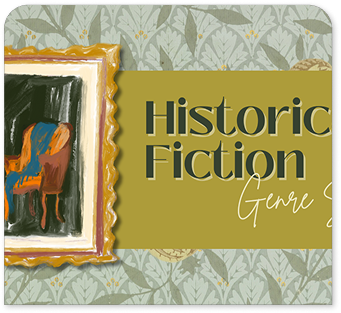-
Mon-Fri: 10AM to 8PM 01722665665
-
My Account
-
-
0
Total :
₹ 0.00

Yes! The book integrates Prelims-focused facts (tables, timelines) and Mains-oriented analytical content (detailed movements, answer-writing practice), making it a complete guide for both stages.
Absolutely! Each chapter includes conceptual questions to help aspirants develop structured answers for Mains. The book also provides key themes frequently asked in UPSC.
Yes! Chapter 20 provides summary tables, timelines, and key facts for last-minute revision before Prelims.
It follows a chronological approach, linking events logically. Mnemonics, comparative tables, and infographics aid retention
Yes! Chapter 7 details Brahmo Samaj, Arya Samaj, Aligarh Movement, and regional reforms with their impact on nationalism.
Chapter 9 covers causes, failure, British response, and modern historiography views (e.g., "First War of Independence" debate).
The content aligns with latest UPSC question patterns, including interdisciplinary linkages (e.g., how history connects with polity and economy).
The inclusion of practice questions, detailed explanations, and key points helps aspirants craft well-structured, informative answers.
Yes, the content is aligned with both UPSC and State PCS syllabus, making it equally useful for various competitive exams.
Absolutely. The book provides detailed analysis of social reform movements, socio-economic policies, and cultural developments during the modern period.
Yes! The book integrates Prelims-focused facts (tables, timelines) and Mains-oriented analytical content (detailed movements, answer-writing practice), making it a complete guide for both stages.
Absolutely! Each chapter includes conceptual questions to help aspirants develop structured answers for Mains. The book also provides key themes frequently asked in UPSC.
Yes! Chapter 20 provides summary tables, timelines, and key facts for last-minute revision before Prelims.
It follows a chronological approach, linking events logically. Mnemonics, comparative tables, and infographics aid retention
Yes! Chapter 7 details Brahmo Samaj, Arya Samaj, Aligarh Movement, and regional reforms with their impact on nationalism.
Chapter 9 covers causes, failure, British response, and modern historiography views (e.g., "First War of Independence" debate).
The content aligns with latest UPSC question patterns, including interdisciplinary linkages (e.g., how history connects with polity and economy).
The inclusion of practice questions, detailed explanations, and key points helps aspirants craft well-structured, informative answers.
Yes, the content is aligned with both UPSC and State PCS syllabus, making it equally useful for various competitive exams.
Absolutely. The book provides detailed analysis of social reform movements, socio-economic policies, and cultural developments during the modern period.


